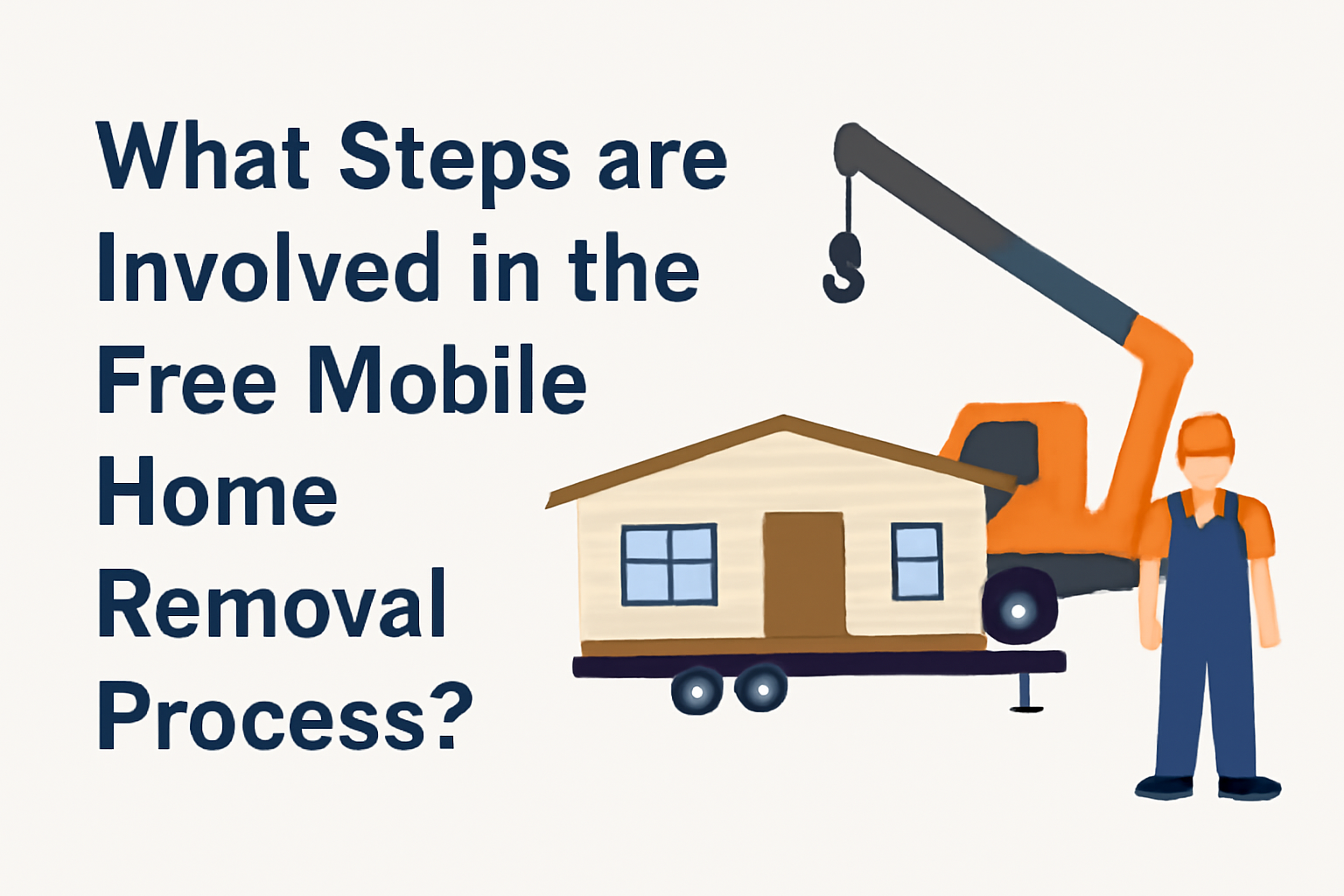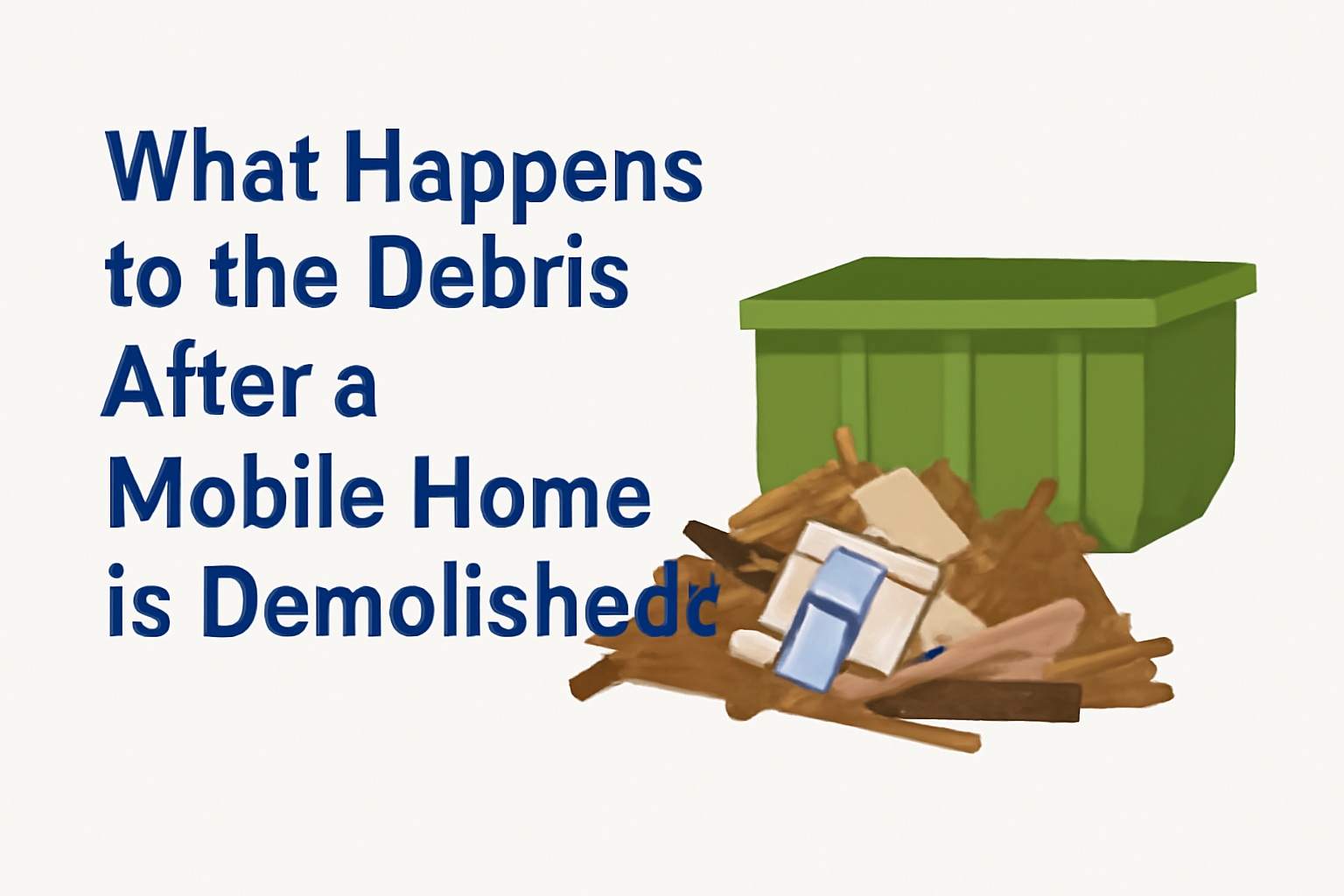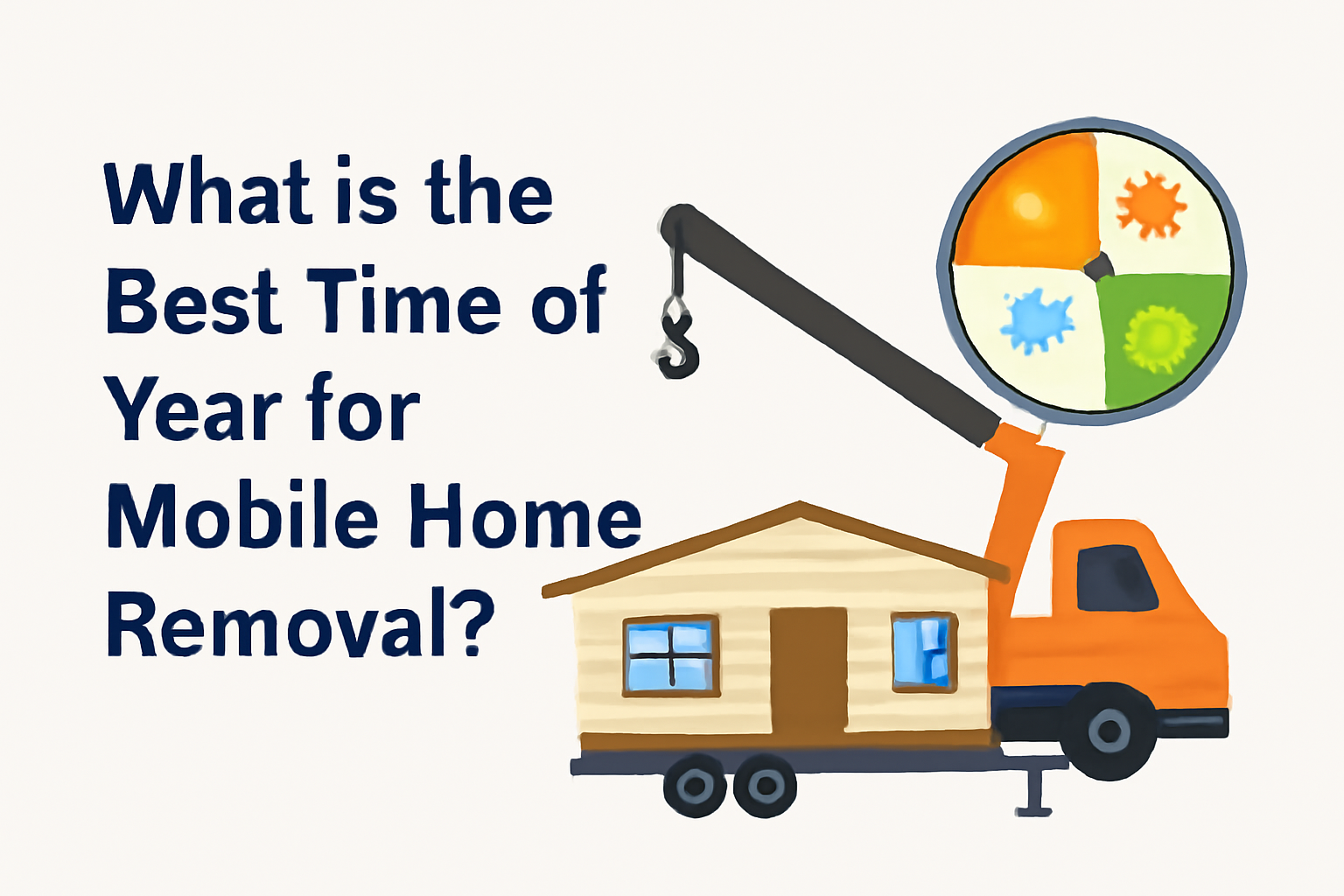Deconstructing a portable house appears simple. However, it has serious environmental outcomes. Therefore, understanding the environmental impact of mobile home demolition helps you make
Inappropriate management of demolishing a moveable home can burden ecosystems and public health. It can result in exposure to harmful materials and excessive landfill garbage.

Texas Mobile Home Removal helps you in understanding the environmental impact of mobile home demolition and provides sustainable alternatives to lessen the damage.
Hazardous Materials are a Serious Threat
Many perilous materials have been used to construct portable residences built before the 1980s. These substances were:
- Asbestos
- Lead-based paint
- Mercury
Major health risks exist for workers and adjacent communities. When deconstructed, these substances may:
- Fly into the air.
- Seep into the ground and water.
To avoid environmental contamination, the US Environmental Protection Agency (EPA) emphasizes the need to find and securely remove these materials in accordance with federal standards.
Depletion of Resources and Landfill Waste
Huge volumes of debris are produced during the destruction of mobile homes, including:
- Wood
- Metal
- Drywall
- Insulation
Due to improper management, this trash frequently ends up in landfills, exacerbating the issue of waste buildup.
In addition to taking up precious land, landfills release methane – a potent greenhouse gas contributing to climate change. Because fresh raw materials must be gathered to replace them, abandoning valuable goods causes needless resource depletion.
Air and Water Pollution
Dust and other particles may be released into the atmosphere during demolition operations. This lowers air quality and creates health risks. Inappropriate demolition waste disposal can also result in water contamination.
Rainwater can contaminate drinking water supplies and damage aquatic ecosystems by bringing contaminants from the demolition site into adjacent water bodies.
Get the best free mobile home removal services in the US!
Sustainable Options: Deconstruction and Recycling
Deconstruction is an alternative to conventional demolition. It lessens the environmental effect.
Deconstruction is the process of carefully disassembling the mobile home to recover elements that can be reused. This method may recover up to 70% of construction materials for recycling or reuse.
By recycling the items, there is a significant decline in:
- Landfill trash
- Need for natural resources
For instance:
- Metal can be melted down and used again
- Wood can be turned into biomass fuel or utilized again in new construction projects
Using deconstruction and recycling procedures can reduce the environmental impact of mobile home removal.
Properly DIscarding Non-Recyclables
It is essential to recycle and reuse materials. However, some parts might not be recycled. Non-recyclable items must be disposed of properly at approved facilities. Adhere to environmental standards. Appropriate disposal:
- Lowers the chance of contaminating the soil and water.
- Hinders unlawful dumping.
Land Restoration and Replanting
It is critical to restore the land after removing a mobile home. Planting natural vegetation:
- Increases the area’s aesthetic value
- Improves air quality
- Lessens soil erosion
Land restoration encourages biodiversity and aids in ecosystem recovery.
The Bottom Line
Making wise decisions requires understanding the environmental impact of mobile home demolition. Recognizing the risks and implementing sustainable measures can help reduce environmental damage.
Post-demolition land restoration promotes ecological balance even more. In the ongoing search for sustainable solutions, responsible mobile home disposal is essential to environmental preservation.Contact Texas Mobile Home Removal now!


